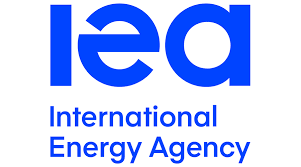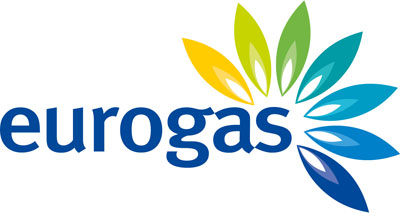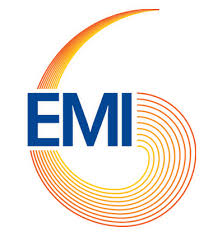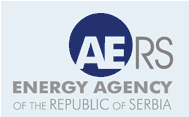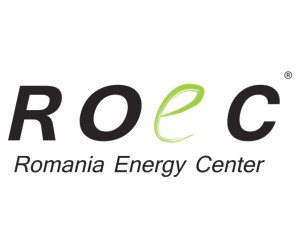As President Vladimir Putin seeks to reinforce Russia’s position as a global power through nuclear saber-rattling and military campaigns in Ukraine and Syria, the next US Administration will need to both contain and cooperate with him. If played right, that may get easier in the years to come. The reason: the transformation of the world’s natural gas markets is weakening Moscow’s economic toolkit. And that will make Putin’s pipeline politics – his use of natural resources for foreign policy purposes – obsolete.
It’s clear that Russia will try to make a last stand to hold on to its natural gas market in Europe. On 25 October, the European Union granted Russian gas behemoth Gazprom access in Germany to the Opal pipeline, which connects to central and eastern European markets. Other Moscow plans include building new pipelines in the Black and the Baltic seas. During a recent visit to Ankara, Putin signed an agreement with his Turkish counterpart, Recep Tayyip Erdoğan, to build the on-again-off-again Turkish Stream undersea gas pipeline, which will allow Moscow to strengthen its position in the European gas market. In addition, Moscow is ignoring strong opposition from such EU member states as Poland, Hungary, the Czech Republic and Slovakia as it tries to bulldoze ahead with its planned Nord Stream II pipeline, which will bypass Ukraine to bring Russian gas to Germany.
Even if these pipelines are built, which is increasingly unlikely in the case of Nord Stream II, Russian energy politics are coming to the end of their heyday. Since the late 2000s and the early 2010s, the global gas sector has experienced a significant shift following the boom in US shale-gas development. The breakthroughs in hydraulic fracturing and horizontal drilling techniques have irreversibly altered the landscape of the American natural gas industry. The United States is the world’s leading gas producer and, since 2016, a liquefied-natural-gas (LNG) exporter to Brazil, India, the United Arab Emirates, Argentina, Portugal, Kuwait, Chile, Spain, China, Jordan and, most recently, the United Kingdom. This creates competition for Russian gas both inside and outside Moscow’s traditional European turf.
Outside of the rise of shale-gas production, growing global LNG trade and the expansion of gas-transport infrastructure have transformed the markets, too. International sales of this previously localised resource have boomed. By the end of 2015, global LNG trade rose to its highest ever, 244.8 million tonnes (about 270 US tons), which surpassed 241.5 tonnes (267 tons) in 2011. There are 19 LNG-exporting countries – the largest include Qatar, Australia, Malaysia, Nigeria and Indonesia – and 37 importing countries. Two newcomers, Colombia and Ghana, entered the import market in 2016 and 2017 respectively. In Europe and beyond, this spells competition for Russian gas pipelines because importing states can increasingly turn to liquefied natural gas and new pipelines – such as the planned Southern Gas Corridor – not controlled by Moscow.
Most important, these developments have changed the geopolitical rules governing traditional gas suppliers like Russia and consuming states. In this new age of gas, all suppliers face increased competition and greater market pressure; the era of monopolists and near-captive markets is gone. Long-term gas supply relationships still matter, but there are abundant opportunities for spot trading and the establishment of mutually beneficial short-term relationships. Large-scale infrastructure, with its sizable investment requirements and long-term commitments, still plays a significant role, but new technology such as floating LNG, compressed natural gas and other innovations offer buyers more options.
Russia, which has a history of using natural gas supplies for foreign policy purposes, will bear the brunt of this change. Indeed, it is already losing its monopoly – and its accompanying political leverage in Europe and beyond. This, in turn, forces Gazprom to make commercial concessions, such as lower prices, remove destination clauses that restrict on gas re-exports to other markets, move away from long-term contracts and allow more spot trading and hub-based natural-gas pricing versus oil-linked pricing.
A case in point: before the small Baltic country of Lithuania, hitherto 100% dependent on Russian gas, built its LNG import terminal in 2014, it managed to renegotiate from Gazprom a 20% discount in its new contract. Meanwhile, Russia’s efforts to shift its gas exports from Europe to China demonstrated that it will be Beijing, not Moscow, setting the terms of their gas relationship at a time when liquid global markets give importing states the upper hand.
Putin’s Russia still presents Europe and the United States with a number of challenges. One will include Moscow’s last stand to use Turk Stream and Nord Stream II to remain a dominant supplier to the European gas markets. But between Moscow’s weakening economy and Washington’s new energy power, the strongman in the Kremlin is looking a lot weaker.
*Agnia Grigas is the author of "The New Geopolitics of Natural Gas” and "Beyond Crimea: The New Russian Empire.”

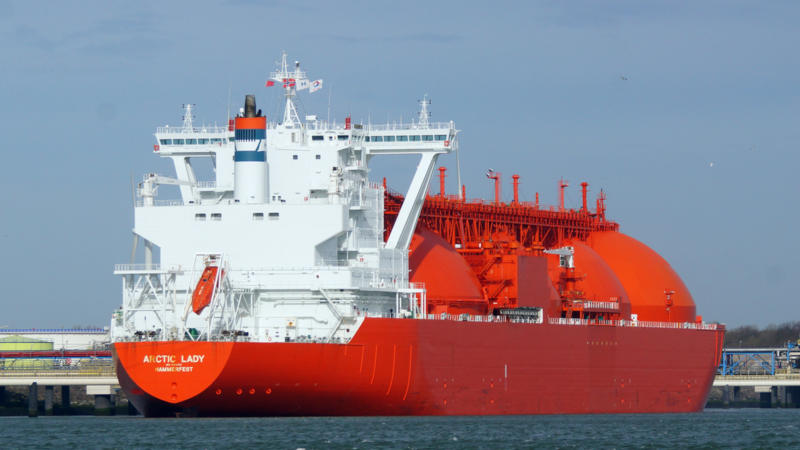 by Agnia Grigas*
by Agnia Grigas*



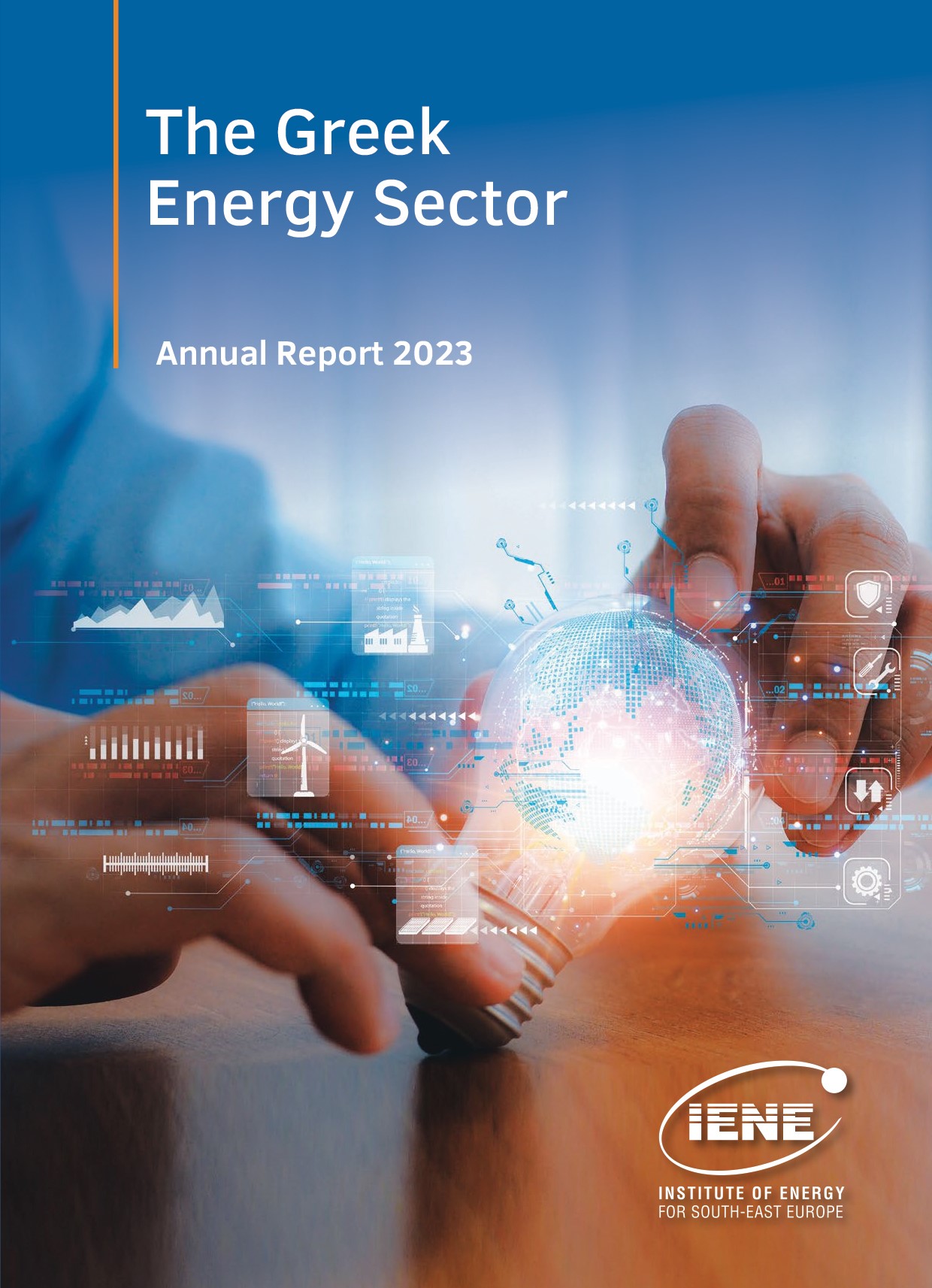
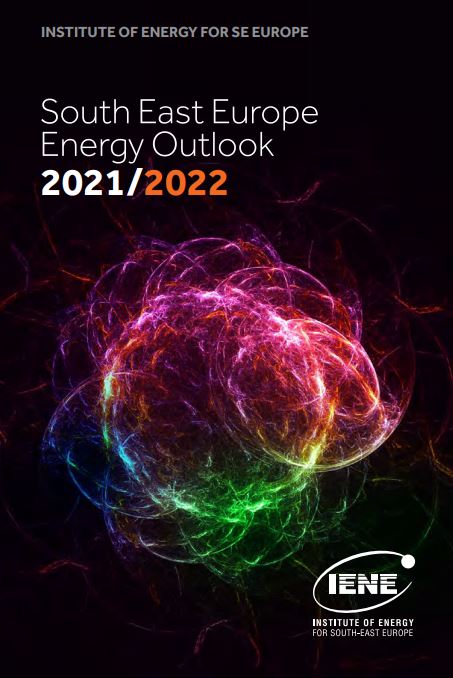
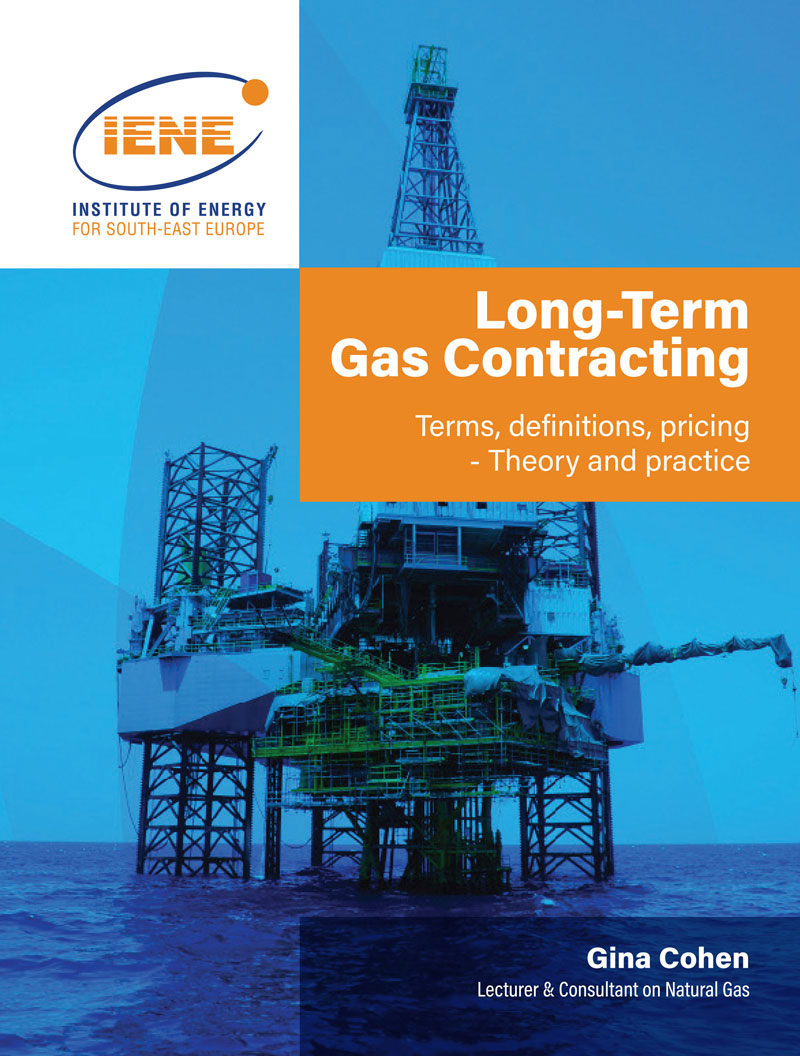 More
More
